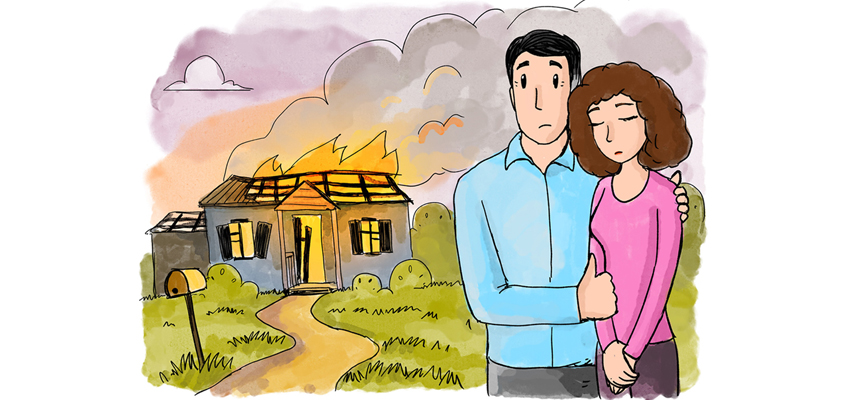Tips to avoid Data Loss in the Event of a Fire
If a business you’re responsible for relies on backing up large amounts of electronic information, you’ll probably want to make sure there’s a way to preserve it in the case of an accident. To be more specific, you’ll want to have a contingency plan set up to deal with the possibility of fire damage. A fire in the server room can do more than simply damage infrastructure. It can also set a business back months while you replace ruined equipment, and—perhaps worst of all—it can obliterate large quantities of data that the company needs on a daily basis. Data could include everything from financial records to client databases, so you should only ignore the risk of fir eat the peril of losing some very important assets. If you’re a contractor working on behalf of one of these businesses, it also represents a significant challenge.
That said, there are a few things you can do to help avoid irreparable data loss in the event of a fire. From preventative measures to restorative treatments, here are a few ideas to help you, soldier, when the sparks literally start flying:
Protect your data using cloud based backups
If you’re worried about losing data when physical servers and computers are threatened, there’s one simple solution: house it somewhere else (or at least house a copy there). Using a cloud-based backup lets you store an extra version of your most important information using servers that you won’t be responsible for. Since many of the largest cloud-based backup solutions (like Backblaze and Crashplan) take special care to preserve their users’ info, it’s a pretty safe bet that nothing will happen to your stash once you entrust it to them for safekeeping. Of course, this won’t save your equipment or facilities themselves, but it’s better than nothing.
Electronic restoration
In the unfortunate event that damage occurs to your servers and you haven’t stored backups of your information elsewhere, electronic restoration might be the only effective route to take. Many highly sensitive technologies can be restored—at least to some extent—including computers, telecommunications technology, manufacturing machinery, and medical instruments. By removing corrosion and deposits, it’s often very possible to get these units working like new again for as little as 10-30% of the cost of replacing them entirely. Once a skilled technician removes contaminants such as soot, dust, and deposits from chemical vapors, he should be able to take the equipment apart, clean the individual pieces, reassemble them, adjust the machinery and return it to service.
Proactive planning for fire (and water) disasters
Of course, one of the best ways to deal with damage is to avoid it completely. You can save yourself from the inconvenience of having to restore your equipment by making sure it’s not an easy place for a fire to start or a flood to break out. Avoid storing flammable materials near sensitive equipment, and make sure electronics aren’t stored under your sprinkler system or near water pipes. It’s also a good idea to have maintenance briefed on the nature of the technology in the area so that they use safe and appropriate methods when cleaning or tidying up around it.
Have insurance
Finally, you want to make you have cover if a disaster does happen to strike. Restoring your electronics can save them, but it can also be time-consuming—and you want to make sure you can afford the downtime. That’s why having comprehensive fire and accident insurance is key to keeping you in business when the unexpected occurs. Make sure you understand your policy and keep an up to date copy with you always, just in case.

